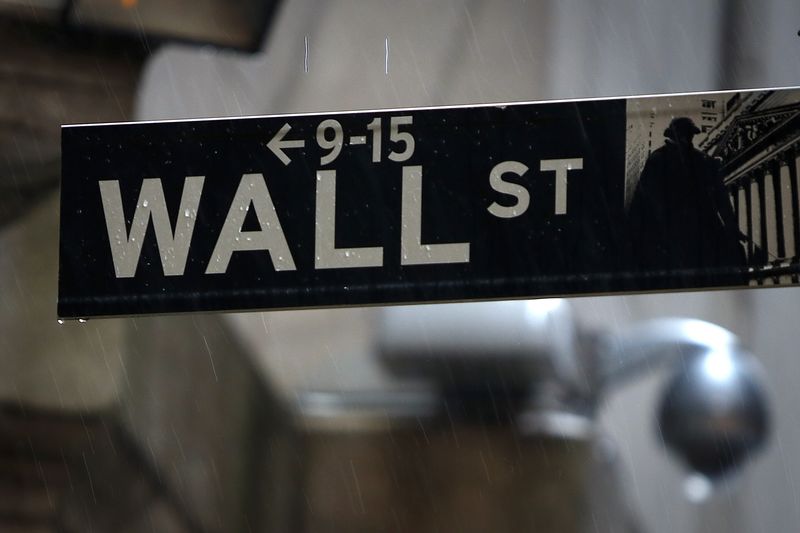* U.S. stocks open lower, trimming a strong year of gains
* World stocks at highs (Updates to U.S. stock market open; Changes byline and dateline, previous LONDON/SYDNEY)
By Trevor Hunnicutt
Dec 29 (Reuters) - Markets are ending 2017 in a party mood after a pick-up in global growth boosted corporate profits and commodities, while tame inflation kept central banks from snatching away the punch bowl of easy monetary policy.
MSCI's world equity index .MIWD00000PUS, which tracks 47 countries, inched up 0.13 percent, and was poised to add a 14th straight month of gains to put it at an all-time high. The index gained 22 percent for the year.
Emerging markets .MSCIEF have led the charge with gains of 34 percent. Hong Kong .HSI surged 36 percent, South Korea .KS11 climbed 22 percent, India .BSESN rose 28 percent and Poland .WIG20 made 27 percent in local currency terms.
Japan's Nikkei .N225 and the S&P 500 are both ahead by almost 20 percent, while the Dow has risen by a quarter. In Europe, the UK FTSE .FTSE has lagged behind a little with a rise of nearly 8 percent.
Craig James, chief economist at fund manager CommSec, said of the 73 bourses it tracks globally, all but nine have recorded gains in local currency terms this year.
"For the outlook, the key issue is whether the low growth rates of prices and wages will continue, thus prompting central banks to remain on the monetary policy sidelines," said James.
"Globalization and technological change have been influential in keeping inflation low. In short, consumers can buy goods whenever they want and wherever they are."
Yet after a strong run-up there may be little room for error. U.S. stock markets opened lower on Friday, trimming their strong gains for the year.
The Dow Jones Industrial Average .DJI fell 31.83 points, or 0.13 percent, to 24,805.68, the S&P 500 .SPX lost 2.47 points, or 0.09 percent, to 2,685.07 and the Nasdaq Composite .IXIC dropped 17.75 points, or 0.26 percent, to 6,932.41.
"While the broader economic outlook appears increasingly rosy, as captured by measures of consumer and business confidence, the more cautious nature of investors hints at a concern that markets may have already discounted much of the good news," said Michael Metcalf, State Street's head of global macro strategy.
One of the early issues for next year will be an Italian election scheduled for March 4. As things currently stand the vote is expected to produce a hung parliament that could ultimately catapult the 81-year-old, four-times premier Silvio Berlusconi back to center stage. 10-year Italian government bond yields IT10YT=RR rose to fresh two-month highs on Friday at 1.99 percent. They started the year at just over 1.8 percent but are still under the highs of 2.6 percent hit back in March.
DOLLAR DISAPPOINTS
U.S. dollar bulls have not been fortunate this year. The widely held assumption at the start of the year was that, with the Federal Reserve set to raise interest rates further and lawmakers poised to cut taxes, the only way for the dollar was up.
Yet even though the Fed delivered on its three promised hikes and a tax bill was signed into law last week, the currency has failed to benefit.
Measured against its major peers the dollar has shed nearly 10 percent this year, putting it on track for its biggest annual loss since 2003 .DXY . The dollar index fell 0.44 percent for the day.
Among the winners have been emerging markets and the euro EUR= , which is ahead almost 14 percent for the year and has turned in its best annual performance since 2003.
The dollar's loss has been a boon for commodities priced in the currency, which have also benefited from a synchronized pick up in global trade and surprisingly strong demand from China.
Everything from coal to iron ore has reaped gains, with copper a stand-out performer in part due to expectations of rising demand for the mass production of electric vehicles.
The industrial metal is turning in its largest annual gains since the global financial crisis ebbed in 2009, but moved a bit off its four-year highs on Friday. Copper futures CMCU3 last lost 0.51 percent to nearly $7,252 a tonne.
Gold XAU= has struggled somewhat this year against a background of subdued global inflation, but at $1,302.58 an ounce was still on track to end 2017 with gains of more than 12 percent.
Oil prices were near their highest in 2-1/2 years after data showed strong demand for crude imports in China and a surprise fall in U.S. production. O/R
U.S. crude CLcv1 rose 0.45 percent to $60.11 per barrel and Brent LCOcv1 was last at $66.47, up 0.47 percent on the day.
<^^^^^^^^^^^^^^^^^^^^^^^^^^^^^^^^^^^^^^^^^^^^^^^^^^^^^^^^^^^ MSCI and Nikkei chart
http://reut.rs/2sSBRiD Emerging markets in 2017
http://tmsnrt.rs/2jXRTYa World FX rates in 2017
http://tmsnrt.rs/2egbfVh Graphic: market performance in the year of 2017
http://tmsnrt.rs/2C8b2iu
^^^^^^^^^^^^^^^^^^^^^^^^^^^^^^^^^^^^^^^^^^^^^^^^^^^^^^^^^^^>
